I know that Term-Document Matrix is a mathematical matrix that describes the frequency of terms that occur in a collection of documents. In a document-term matrix, rows correspond to documents in the collection and columns correspond to terms.
I am using sklearn's CountVectorizer to extract features from strings( text file ) to ease my task. The following code returns a term-document matrix according to the sklearn_documentation
from sklearn.feature_extraction.text import CountVectorizer
import numpy as np
vectorizer = CountVectorizer(min_df=1)
print(vectorizer)
content = ["how to format my hard disk", "hard disk format problems"]
X = vectorizer.fit_transform(content) #X is Term-document matrix
print(X)
The output is as follows

I am not getting how this matrix has been calculated.please discuss the example shown in the code. I have read one more example from the Wikipedia but could not understand.